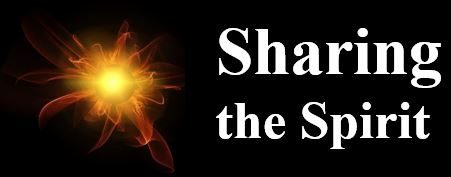A Time To Mourn And A Time To Dance
MON., MAR. 1, 1982, 5:47 AM
FARM, FRONT OF FIRE
Eventually, o son, I shall give you teachings on each of the Preacher’s examples of seasons. Know that all of these do and shall lead to the central truth of rhythm in life… that one kind of happening must needs be balanced by another. Also know that I call you to resist the charge that this is Eastern thinking rather than Christian. Christianity is also an Eastern religion, originally, but it has the vitality that makes it applicable to almost any culture. Just do not let the Westernized thinking pull you away from truths that do not seem relevant. The terms yin and yang are not Christian, certainly, but the concept they represent is, surely.
A time to mourn is a time to feel the pain of loss, or apparent loss, and to express that pain openly. It is to remember and to entertain the temporary thought that “things shoulda been different.” In one sense, of course, mourning is a selfish response… the spirit crying out “poor me”. Selfless mourning is remembering the other or other circumstances and feeling sorry that the other one could not have “come through” and remained in this realm for what she could have accomplished and enjoyed. Positive mourning values the earth, even when there is the knowledge of other planes of being. The other may be in a better “place”, but has lost the known earth opportunity, and this is counted as loss.
Yet you also see, don’t you, that the time for mourning is, truly, not long and protracted, for life and consciousness do continue, and other realms are beautiful. But do not let your glimpses and fragmentary knowledge of these other realms prevent you from playing your human role well while it is yours to play. To be human is to mourn the loss of persons or circumstances. Be that human as you have the opportunity. There is a time to mourn.
That very time, however, brings the balancing time, as the Preacher phrased it… a time to dance. First, realize that not all dancing is happy and joyous. Some dancing may be an expression of grief… a rhythmic movement of self, perhaps with others, in the remembering experience. But movement is an evidence and an affirmation of life, and where there is life continuing the time for mourning passes and “life goes on”. Dance soon brings out the elemental feelings of life in the physical sense, and the spirit responds to this. You are not much of a dancer in the terms and by the standards of your culture, but you have been before and you shall be again. So, even though you do not do it skillfully you have the feel for dance as exultation, the yang for the yin of mourning. You have had a marvelous experience, and you must never forget the beauty and life of that time. It is true that the three of you… Albert, Henri, and you… shall probably never be together again… and drinking certainly has its costs, but that one evening, in particular, was a time to dance. The music, the rhythm, the feeling of comraderie… all combined in an affirmation of life and of living that must needs be remembered.
MON., MAR. 1, 1982, 5:47 AM
FARM, FRONT OF FIRE
Eventually, o son, I shall give you teachings on each of the Preacher’s examples of seasons. Know that all of these do and shall lead to the central truth of rhythm in life… that one kind of happening must needs be balanced by another. Also know that I call you to resist the charge that this is Eastern thinking rather than Christian. Christianity is also an Eastern religion, originally, but it has the vitality that makes it applicable to almost any culture. Just do not let the Westernized . . .
Your membership level does not allow you to see more of this content.
If you'd like to upgrade your membership, here are your options:
.
